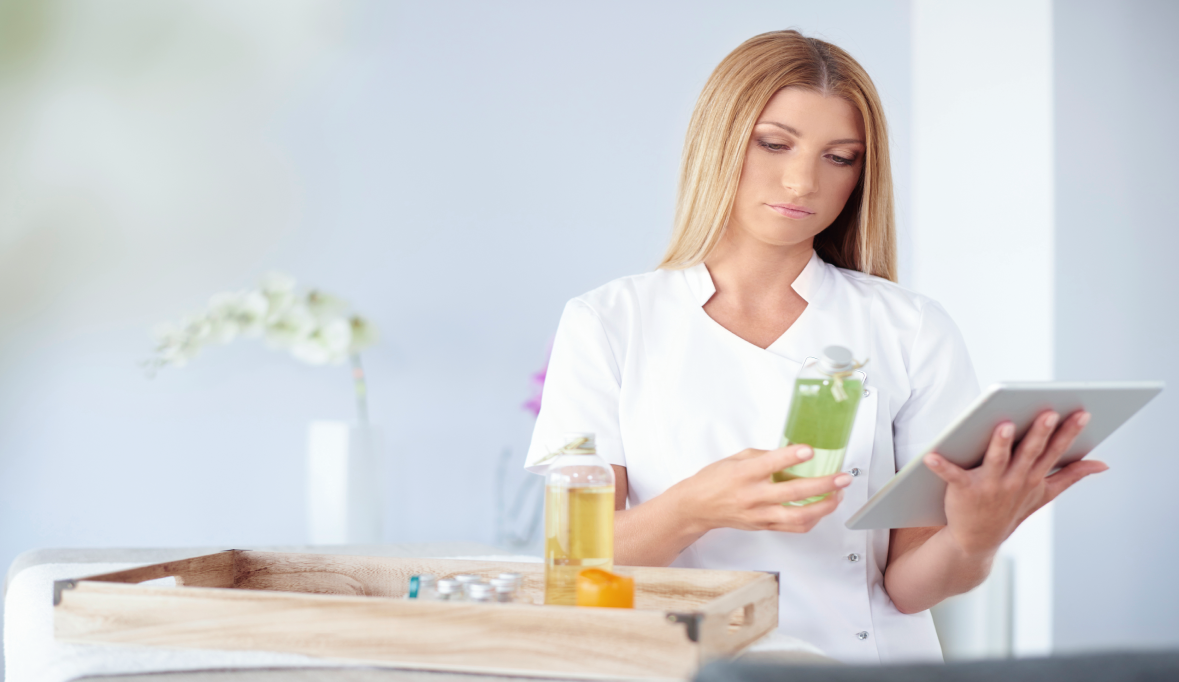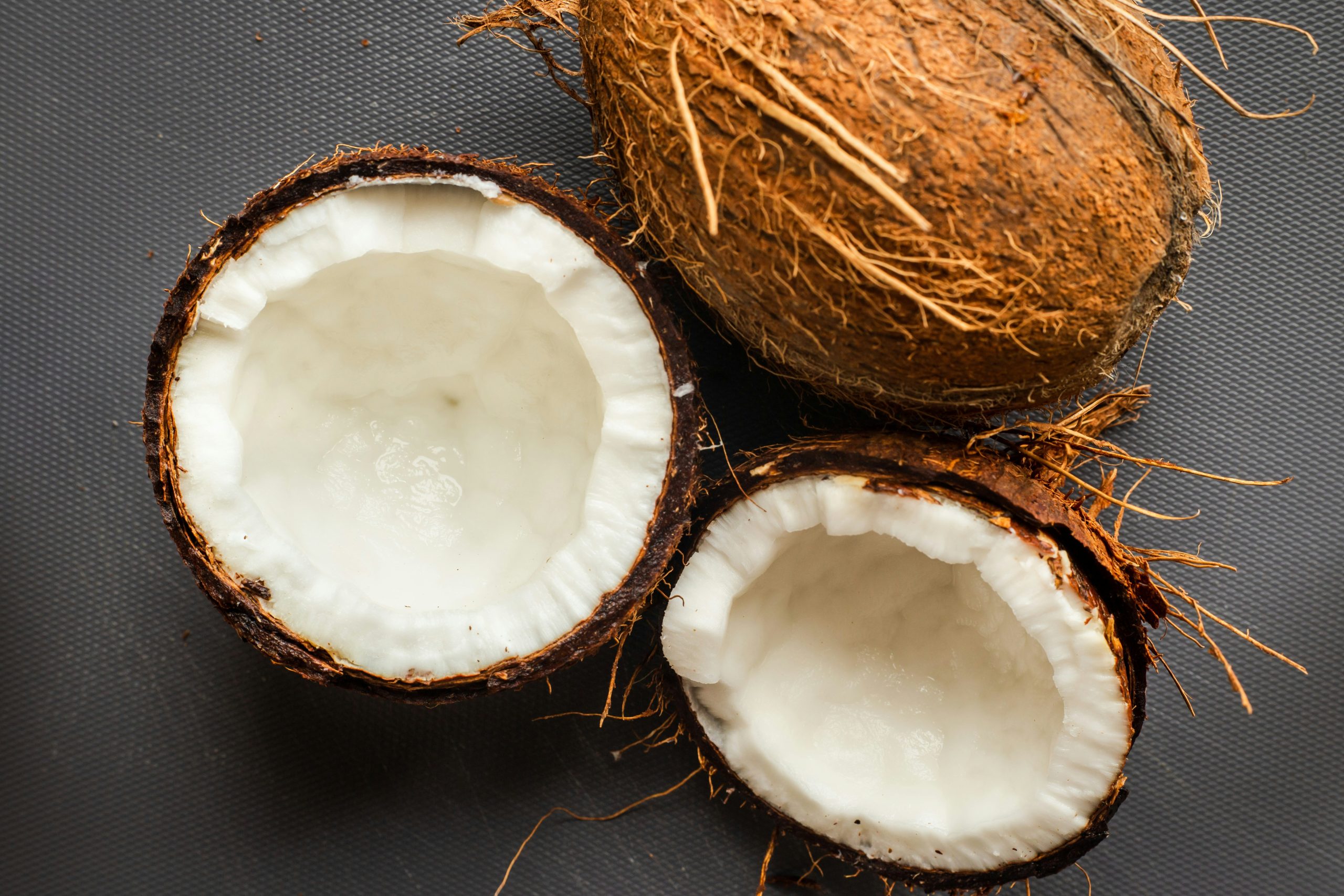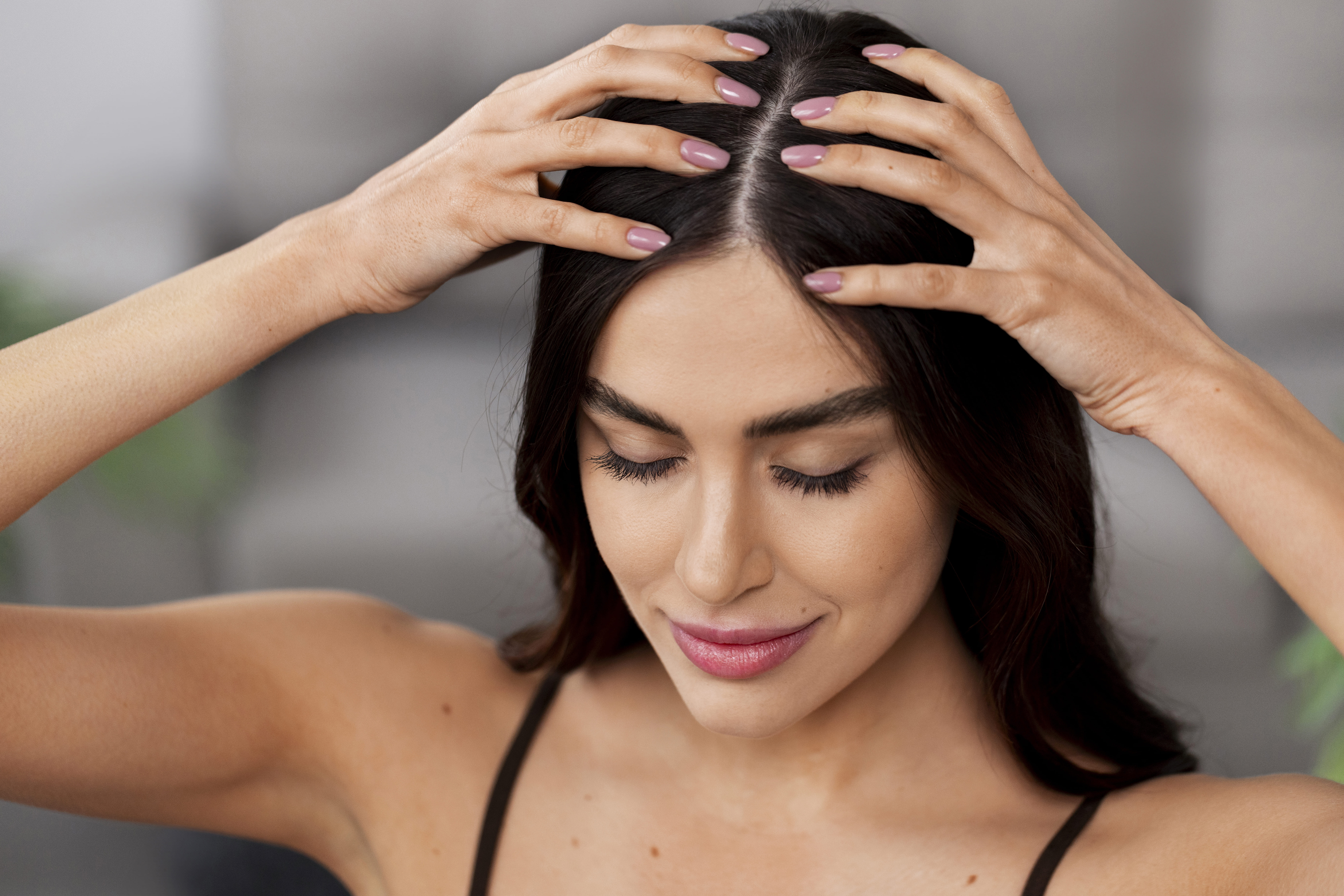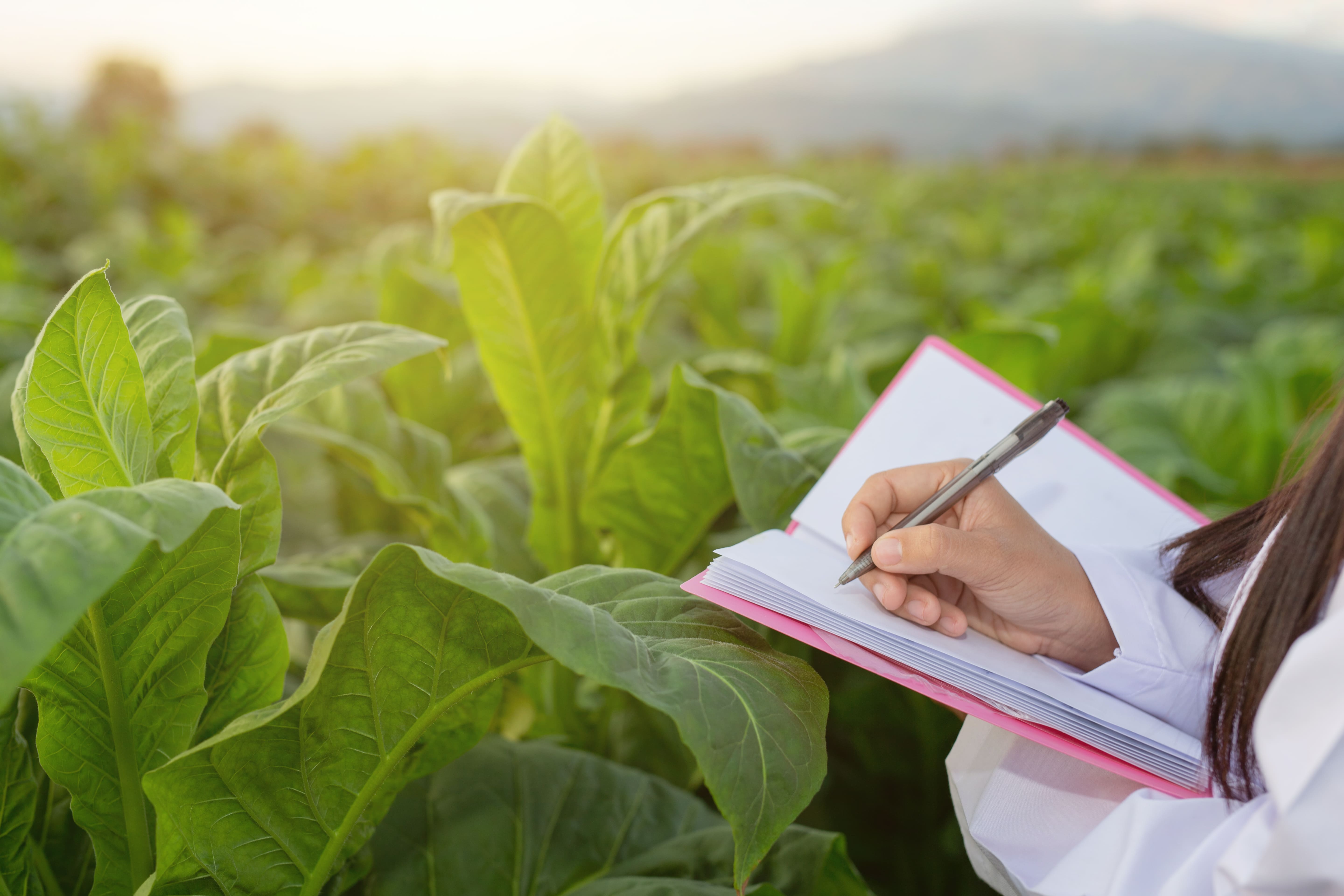Sustainability has become a key selling point in the beauty industry. More consumers now want to know that the products they use are safe for their skin and kind to the planet. In fact, according to a 2023 survey by environmental technology company CleanHub, 63 percent of consumers deem clean beauty as an extremely important factor when selecting cosmetic brands.
Businesses, too, are feeling the pressure to make sure their brand partnerships reflect strong environmental and ethical values. As a result, many beauty brands are quick to label themselves as “sustainable,” “green,” or “eco-friendly.” But as the popularity of these terms grows, so does the risk of greenwashing, which happens when companies make claims about sustainability that don’t hold up under scrutiny.

The good news is that there are clear ways to tell if a brand is truly committed to sustainability or just using the label for marketing purposes. Whether you’re a conscious shopper or a business looking to partner with ethical suppliers and formulators, here are some practical tips to help you choose who to support:
1) Check for Third-Party Certifications
Credible certifications offer an objective way to verify sustainability claims. Labels such as ECOCERT, COSMOS, Leaping Bunny, and Fair Trade Certified are backed by rigorous standards and audits. If a brand claims to be cruelty-free, for instance, it should be able to show proof through organizations like PETA or Cruelty Free International.
These certifications help confirm that sustainability is more than just a marketing angle, and they can be quite helpful for businesses that are looking for suppliers or product lines to partner with. Certifications also apply to ingredient suppliers. If your brand needs a shea butter alternative with a smaller environmental footprint, for instance, you can get the ingredient from a source that can verify responsible sourcing practices. An excellent example of this is Natura Aeropack’s Glyzer CB100, which is COSMOS and ECOCERT certified.
2) Examine Ingredient Transparency
Sustainable brands tend to disclose not just the ingredients in their products, but also where and how those ingredients are sourced. They provide explanations that are easy to understand, not just a list of chemical names. This transparency helps both consumers and industry partners assess whether the brand’s supply chain reflects ethical and eco-conscious decisions.
3) Evaluate the Packaging
It’s not just what’s inside the product that matters, as sustainable brands also typically put a lot of thought into how their goods are packaged. You’ll often find sustainable skincare and cosmetic products in packages that have minimalist designs and use recycled or recyclable materials. Some even offer refill systems or biodegradable options. Importantly, the brand should explain how customers can responsibly dispose of the packaging.
For business partners, this level of care in packaging can signal a supplier’s commitment to reducing waste across the full product lifecycle, not just at the manufacturing stage.
4) Look for Clear Definitions and Avoid Buzzwords
Words like “clean,” “green,” or “natural” are often used without any clear definition. Brands that are truly sustainable will explain what these terms mean in the context of their product philosophy. Vague or inconsistent messaging, on the other hand, is a strong indicator that the brand may be greenwashing.
Before forming a partnership or stocking a new product line, always look for brands that provide specifics and not just slogans. This shows they’ve done the work and are confident in what they’re offering.
5) Review Their Supply Chain Ethics
Sustainability includes the human side of business. Brands that are committed to ethical practices will speak openly about fair wages, safe working conditions, and support for smallholder farmers or local communities. They often highlight partnerships with cooperatives or sustainable trade networks. If a brand is silent on these matters, it may be worth asking more questions.
6) Read Their Sustainability Reports
Genuine brands don’t just talk about sustainability—they measure it. Many publish yearly reports outlining their environmental goals, progress, and areas for improvement. These may include data on carbon emissions, water usage, energy consumption, and waste reduction.
If a brand shares detailed, measurable goals, it’s a strong sign that they are being held accountable. This level of reporting also helps business partners track impact and align with companies whose sustainability values match their own.
7) Observe How They Engage With the Community
Many sustainable beauty brands go beyond product development and take part in environmental or social initiatives. This could be anything from supporting reforestation projects to funding education in local communities tied to ingredient sourcing.
These programs are often part of a long-term commitment, not just one-time PR events. When you’re assessing a potential partner, ask what kind of community involvement they support. Their answer can reveal a lot about their true priorities.
8) Investigate Their Parent Company
Some sustainable-sounding beauty brands are owned by large corporations with less-than-stellar environmental records. While that’s not necessarily a deal breaker, it’s important to understand the bigger picture. If the parent company is transparent and working toward sustainability goals across its portfolio, that’s a good sign. If not, proceed with caution.
For businesses in the industry, this kind of research helps avoid associating with companies that may not be aligned with your own values or sustainability goals.
9) Verify Their Claims with External Sources
Before trusting a brand’s sustainability claims, check independent platforms like Good On You, Ethical Consumer, or Think Dirty. These platforms evaluate product lines and companies based on verified data, not marketing language. For industry professionals, these tools can help screen suppliers or brands before committing to a business relationship. They provide a layer of accountability that consumers and companies alike can trust.
10) Ask the Hard Questions
Sometimes the best way to spot greenwashing is to simply ask. Send an email, or look for detailed FAQs on their website. If a brand can’t provide clear answers about their materials, manufacturing, or impact, that’s a red flag. On the flip side, brands that respond openly and specifically—and are willing to share their sustainability journey—are usually the ones worth supporting and collaborating with.
Ready to Partner with Truly Sustainable Suppliers?
If you’re looking to develop beauty products that live up to real sustainability standards, consider working with ingredient partners that lead by example. At Natura Aeropack, we take pride in offering responsibly sourced, naturally derived ingredients that help brands meet both their performance and sustainability goals.
Our shea butter alternative is just one example of how innovation can support ethical sourcing and reduce environmental pressure without sacrificing product quality. Whether you’re formulating skincare, haircare, or cosmetics, we offer tailored solutions that help you build a truly sustainable brand from the inside out.
Get in touch with Natura Aeropack to learn more about our ingredients and how we support partners in creating beauty products that are as good for the planet as they are for your customers.





